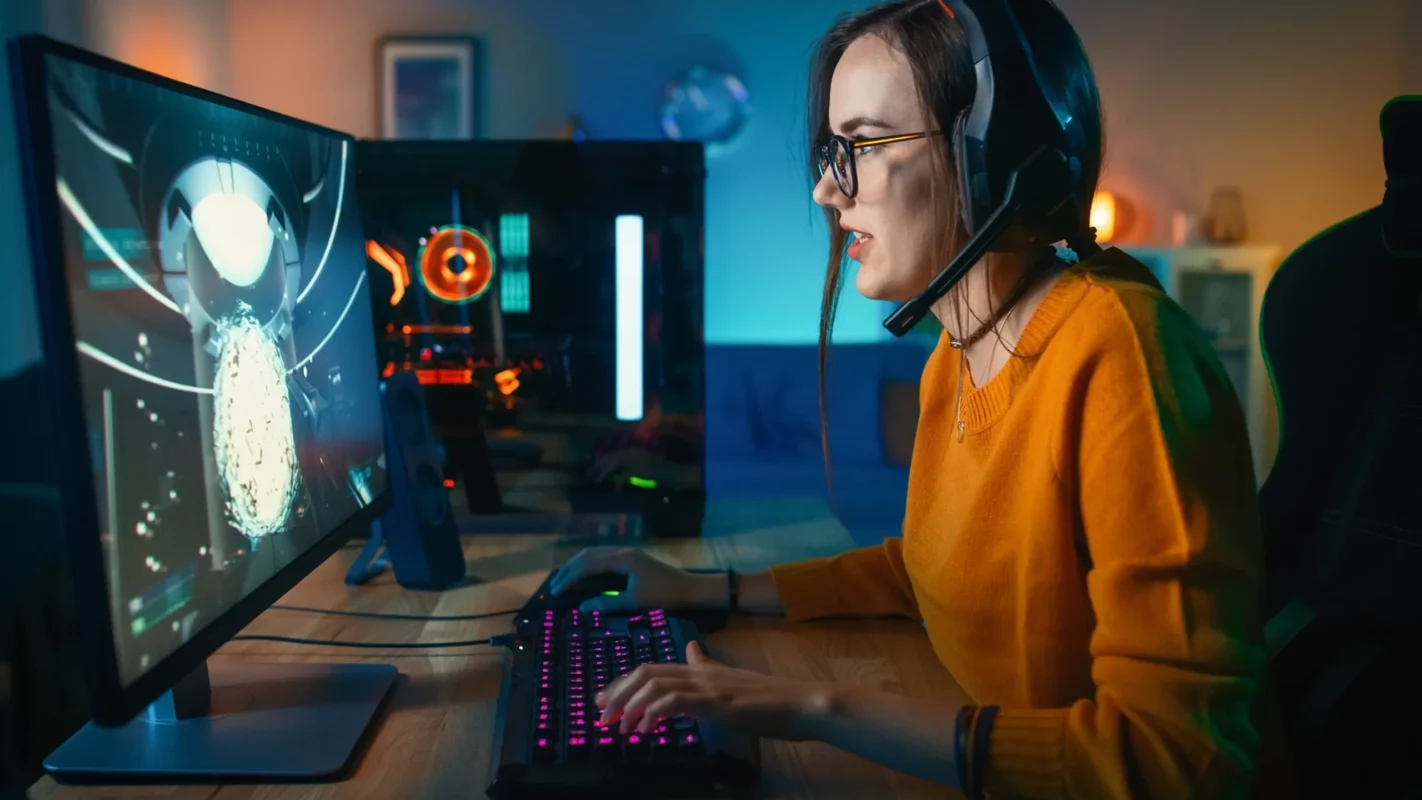- Hardware-accelerated GPU scheduling offloads most of the scheduling that WDDM handled, offloading it to a proprietary GPU-based scheduling processor
- It is one of the ideal configurations for video games in Windows 10 as in Windows 11
- What are the conditions to activate the functionality and how to do it in each version?
If you usually read our articles, you will have noticed that a few days ago we made an interesting review of those ideal configurations for video games in Windows 11 that you should not stop activating on your devices. You probably knew several of the tricks, but there was one that caught the attention of many readers. We’re specifically talking about enabling hardware-accelerated GPU scheduling, which is key to your experience.. In this article we not only teach you how to do it but also why it influences so positively.
For those who don’t remember, in its Windows 10 May 10, 2020 Update, Microsoft officially introduced a new feature called “Hardware Accelerated GPU Scheduling.” After some time, we believe that it has less popularity than it should, and more in these days when an infinite number of users use their computers to play. If it is your case, it will change the way you interact with your computer.
How does hardware accelerated GPU scheduling work?
To answer this question, you need to understand some basic concepts of GPU programming. Going back about 15 years, Microsoft introduced Windows Display Driver Model 1.0, which brought with it the concept of “GPU scheduling.” Before there was programming, apps they could send as many requests to a GPU as they wanted, often leading to bottlenecks that compromised system performance.
The release of WDDM came with the release of orchestration tools that automatically prioritized and scheduled requests to a GPU. In the years between 2006 and 2020, WDDM underwent many evolutions, with each change adding new features to counter the increased complexities.
And that’s how Microsoft came up with hardware-accelerated GPU programming.
Assuming your computer has the correct hardware and drivers, hardware-accelerated GPU programming can offload most of the programming that WDDM previously handled, offloading it to a programming processor based on its own GPU. Microsoft explains this change as similar to rebuilding the foundation of a house while you still live in it. Maybe the comparison will help.
What is needed to enable hardware accelerated GPU scheduling?
Before you get too excited, let us tell you that not all Windows 10/11 devices can use hardware-accelerated GPU scheduling. It’s a shame, but a specific combination is required hardware and drivers to take advantage of the feature, although this may change in the future.
The good news is that this usually interests gamers, and their hardware must be up to the task. You’ll need an up-to-date graphics card, like the ones found in modern gaming computers. Any device from the AMD 5600 series or later together with cards from the NVIDIA GTX 1000 series. Also, obviously, hardware superior to this one. However, it is better for you to investigate everything in detail.
Beyond the hardware, You must have Windows 10 or 11 installed, along with the essential drivers. Specifically, you will need a WDDMv2.7 or later driver, from that May 2020 update.
How to enable hardware accelerated GPU scheduling?
In Windows 10
- Press the Start button and go to Settings
- Enter System to open a menu on the left side
- Go to Display, Multiple displays and Graphics settings
- Toggle the switch under “Hardware accelerated GPU scheduling” to turn it on
- Close Settings and restart your PC for the changes to take effect

In Windows 11
- Press Win + I keys to open Settings
- Go to System, through the menu on the left
- Select Display, and go to Related Settings and Graphics
- Click on the Change default graphics settings link
- Toggle the switch under “Hardware accelerated GPU scheduling” and tap on Yes
- Close Settings and restart your PC for the changes to take effect

Is hardware accelerated programming worth it?
Interestingly, Microsoft says that you’re not likely to notice a huge difference in functionality on your computer, assuming everything works as it should, when you turn on hardware-accelerated scheduling.
The feature simply changes the way GPU requests are processed, which may not be as obvious in basic tasks, but in our tests it has been helpful in running certain games.
Do you usually enable this feature in Windows 10 or Windows 11 on your PC? When do you tend to do it?



